| Size | |
|---|---|
| Common Name | |
| Type | |
| Family | |
| Native? | Non-Native |
| Zone | 4, 5, 5b, 6, 7, 8, 8b |
| Height Range (ft.) | 30 to 50 |
| Spread (ft.) | 5 to 10 |
| Bloom Time | |
| Bloom Description | Flat clusters, Fragrant, large, white flowers |
| Sun | |
| Water | |
| Maintenance | |
| Suggested Use | Climbing vine for walls, fences, Ground Cover, Shade Garden, Woodland Garden |
| Tolerate | |
| Growth Rate | |
| Attracts |

Hydrangea anomala Petiolaris – Climbing Hydrangea is a climbing vine with white lacecap flowers, lush foliage, and exfoliating bark, perfect for shaded walls, fences, and woodland structures.
$12.99 – $181.99
Please note: Sizes 1.5 Gallon and up can’t be shipped outside the counties of Nassau, Suffolk, Brooklyn, and Queens.
Learn more about how the process works and how our plants are delivered.
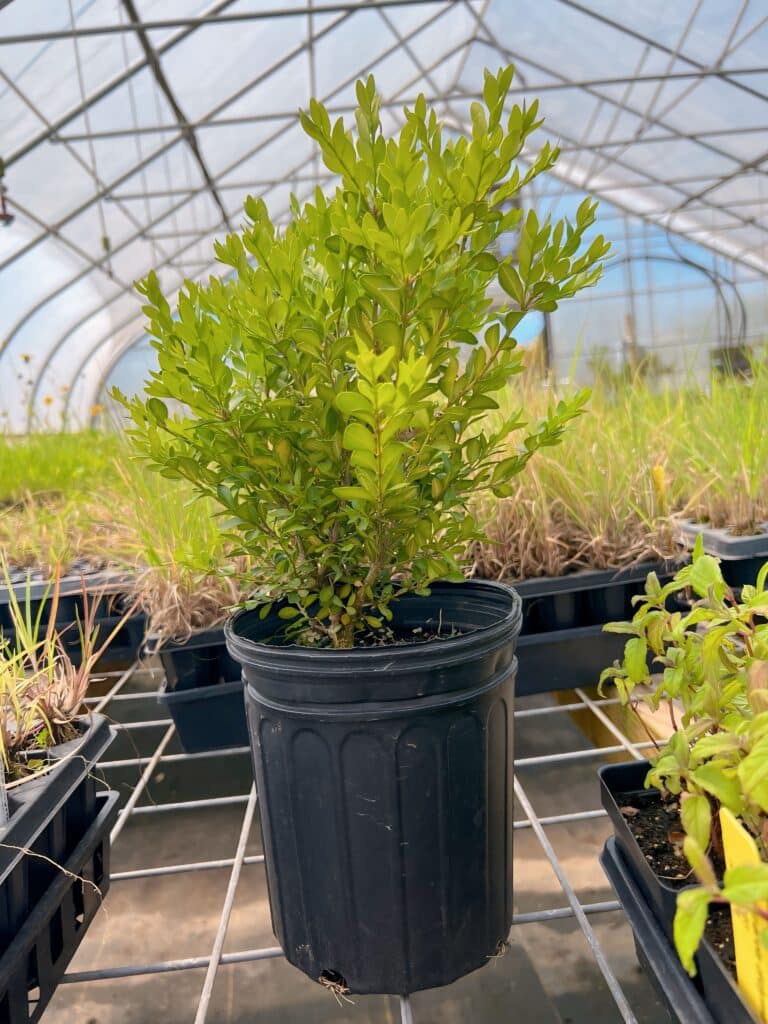
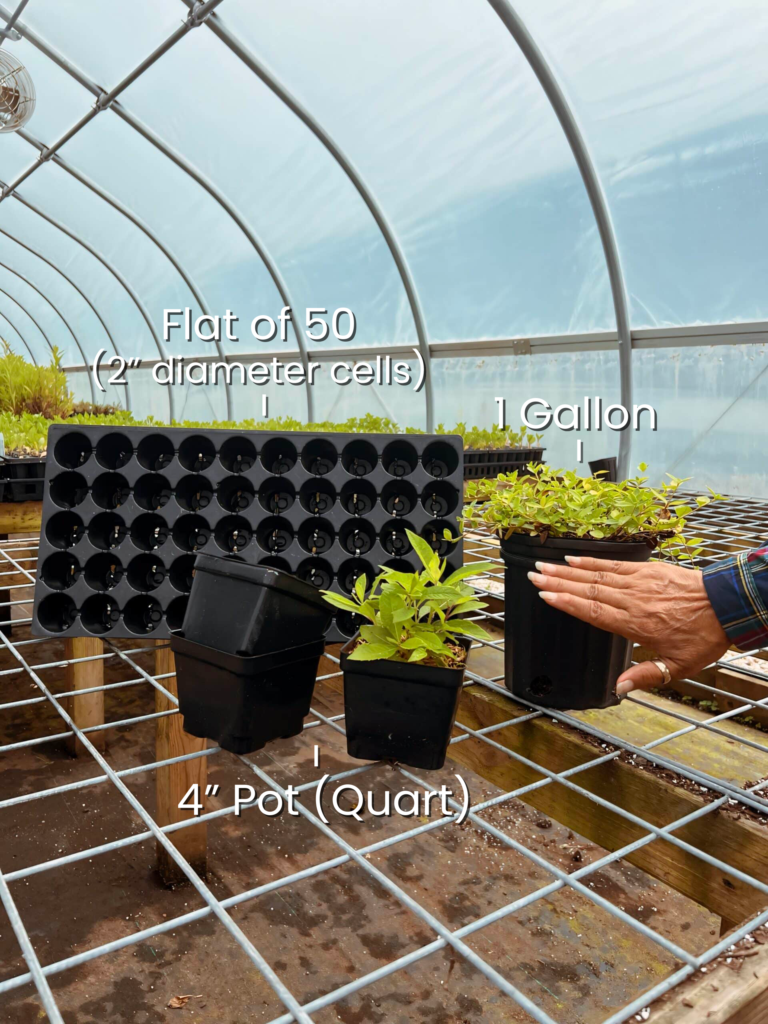
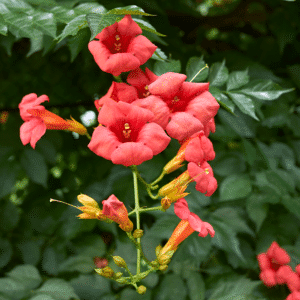
| Size | |
|---|---|
| Common Name | |
| Type | |
| Family | |
| Native? | Non-Native |
| Zone | 4, 5, 5b, 6, 7, 8, 8b |
| Height Range (ft.) | 30 to 50 |
| Spread (ft.) | 5 to 10 |
| Bloom Time | |
| Bloom Description | Flat clusters, Fragrant, large, white flowers |
| Sun | |
| Water | |
| Maintenance | |
| Suggested Use | Climbing vine for walls, fences, Ground Cover, Shade Garden, Woodland Garden |
| Tolerate | |
| Growth Rate | |
| Attracts |
Hydrangea anomala Petiolaris, commonly known as Climbing Hydrangea, is a vigorous deciduous vine prized for its showy white lacecap blooms, rich green foliage, and ability to thrive in shade. It clings to surfaces using aerial rootlets and can grow 30 to 50 feet tall, making it ideal for covering walls, fences, arbors, or large trees. Blooming in early summer, the flat-topped flower clusters provide a soft, elegant look. In winter, its exfoliating reddish bark adds texture and year-round interest. Though slow to establish, Hydrangea anomala Petiolaris becomes a long-lived and dependable addition to shaded vertical spaces.
Graceful white blooms: Large lacecap flowers brighten shaded areas
Excellent climber: Adheres naturally to walls, trees, and stone
Multi-season interest: Foliage in summer and exfoliating bark in winter
Sun exposure: Part to full shade; tolerates morning sun
Soil needs: Moist, well-drained soil rich in organic matter
Maintenance: Low—prune after flowering to manage size if needed
Wall and fence cover: Ideal for softening large vertical surfaces
Woodland gardens: Climbs trees or stone for a naturalistic effect
Shaded structures: Perfect for pergolas, arbors, or trellises in low-light settings
Pollinator support: Lacecap flowers attract bees and beneficial insects
Wildlife shelter: Dense growth offers cover for nesting birds
Low disturbance: Grows well with little impact on its surroundings
/5
Total reviews
|
|
Persons recommended this product
Anonymous
Shopper
check_circle Verified
Shop owner replied
Was this helpful
Anonymous
Shopper
check_circle Verified
Shop owner replied
Was this helpful
Your feedback helps us improve our service.
There are no reviews yet.
Be the first to review “ ”
Please log in to submit a review.
Only logged in customers who have purchased this product may leave a review
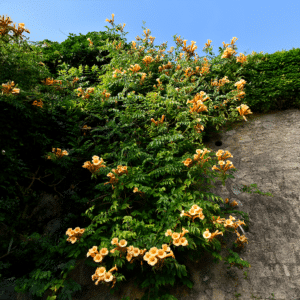

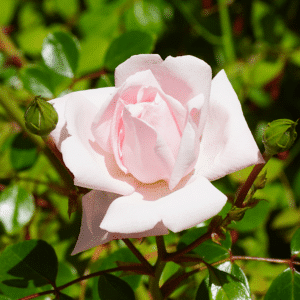
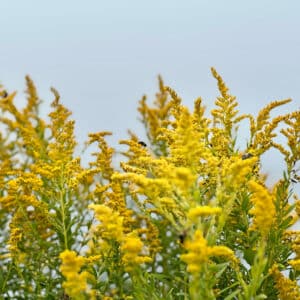
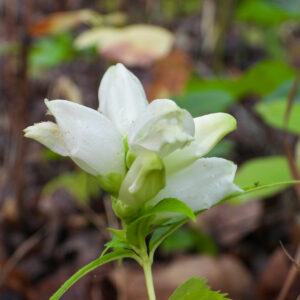
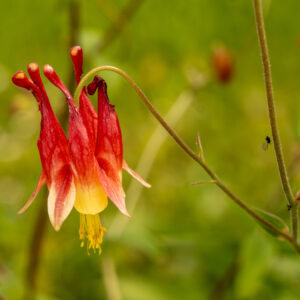
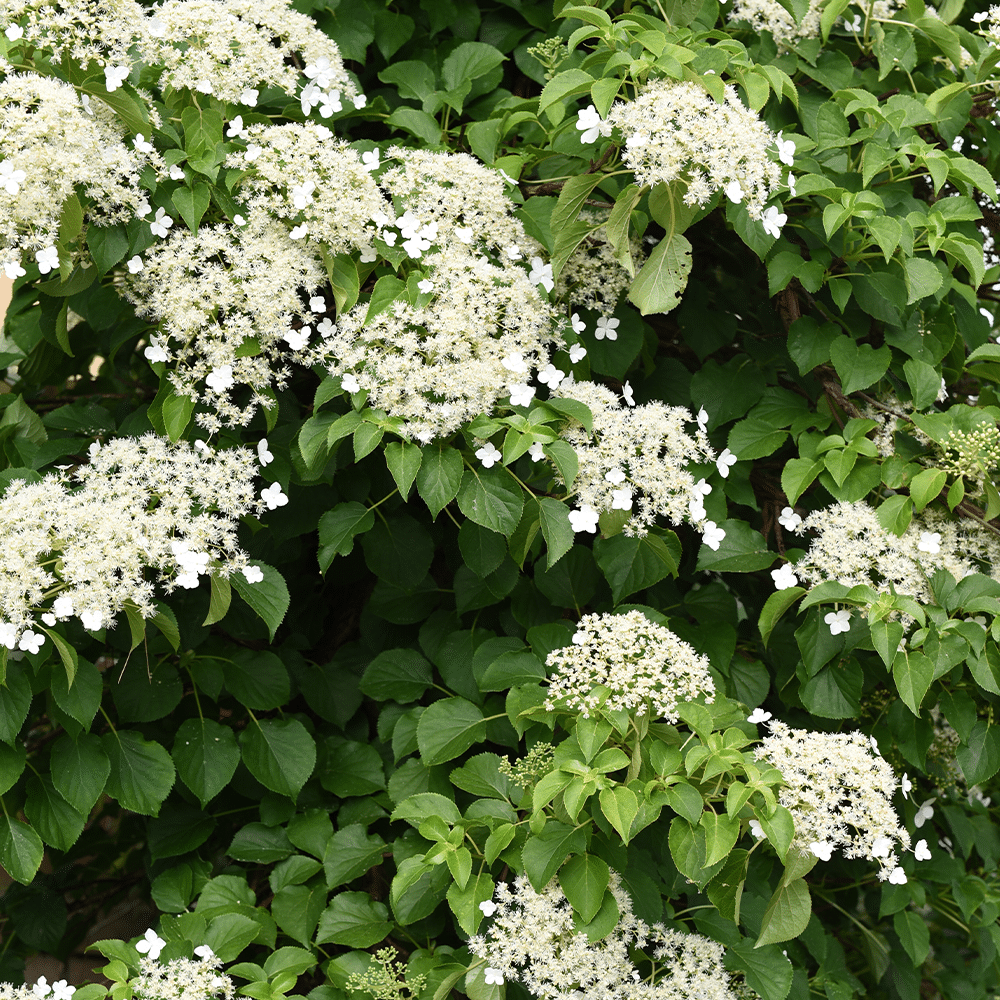
Climbing Hydrangea grows best in partial shade to full shade, though it will tolerate some morning sun. It prefers moist, rich, well-draining soil and appreciates regular watering, especially during dry periods. It’s an excellent choice for north- or east-facing walls, arbors, and large trees.
Climbing Hydrangea is a vigorous climber, capable of reaching 30–50 feet tall with support. It attaches itself to surfaces with aerial rootlets but can also sprawl along the ground if no vertical structure is available, making it a versatile option for walls, fences, or slopes.
Climbing Hydrangea produces large, flat-topped clusters of creamy white flowers in early to mid-summer. The flowers are lightly fragrant and attract pollinators. The plant also features attractive exfoliating bark and heart-shaped, dark green leaves that turn golden yellow in fall.
Climbing Hydrangea blooms once per year, typically in late spring to early summer, around May to July depending on the climate. Mature plants tend to produce more abundant and showy blooms than younger ones, which may take a few years to start flowering.
Climbing Hydrangea is moderately deer-resistant. While deer generally avoid it compared to more tender plants, heavy browsing pressure might still cause occasional damage, especially to new growth. Some protection may be helpful in areas with a high deer population.
Our gift cards make it easy to share the beauty of plants, flowers, and all things green. Whether for a special occasion or just because, give the gift of choice and let them select their favorites to create a garden they’ll cherish.
BUYING HIGH QUALITY PLANTS HAS NEVER BEEN EASIER
Our plants are easy to order, plant, and enjoy! Bringing pollinators to your property improves vegetable yields – Feed the bees!
Sign up for our email list!
Copyright © 2025 Bumbee’s | Web design and SEO by Searles Graphics